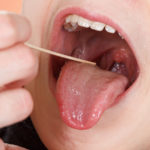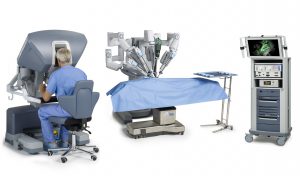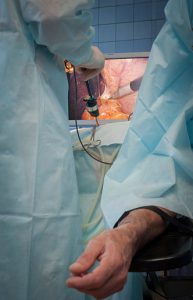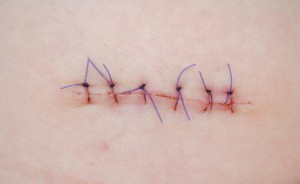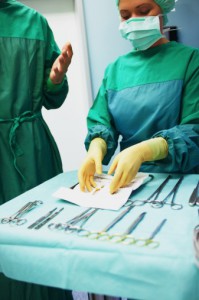 After undergoing certain types of bariatric procedures, such as a sleeve gastrectomy or gastric bypass surgery, you won’t be able to go back to eating solid foods right away. Your stomach needs time to recover, and you will need to ease yourself into a new, healthy diet. For this reason, most patients spend the first several weeks after surgery gradually transitioning from a liquid diet to pureed foods, soft foods, and eventually certain solid foods.
After undergoing certain types of bariatric procedures, such as a sleeve gastrectomy or gastric bypass surgery, you won’t be able to go back to eating solid foods right away. Your stomach needs time to recover, and you will need to ease yourself into a new, healthy diet. For this reason, most patients spend the first several weeks after surgery gradually transitioning from a liquid diet to pureed foods, soft foods, and eventually certain solid foods.
Generally, the transition back to solid foods can take approximately eight weeks. The timeline of this period generally occurs as follows:
Week One: During your first week after surgery, you’ll typically only be able to consume a clear liquid diet, which includes:
- Water
- Coffee or tea (without milk or creamer)
- Non-fat broth
- Fruit and vegetable juices without pulp
- Soda
- Sports drinks
- Clear nutritional drinks
- Jello
Week Two: If you’ve successfully tolerated liquids throughout your first week, you may begin to re-introduce foods that can be pureed, such as scrambled eggs, cream soups, or proteins such as lean ground beef, poultry, or fish. Each meal should only consist of up to six tablespoons of food and be eaten slowly.
After a few weeks, with your doctor’s approval, you may begin to re-introduce soft foods such as ground meat or poultry, rice, and cooked skinless vegetables. These meals should generally consist of no more than half a cup of food.
Week Eight: After about eight weeks of following this diet, you can start to re-introduce a limited number of solid foods into your diet. You should only try one of these foods at a time and anticipate potential issues such as pain, nausea, or vomiting. Limit your daily eating to three meals of approximately one and a half cups of food.
To receive more information about bariatric surgery and schedule a consultation, you can call Flushing Hospital Medical Center’s Comprehensive Bariatric Surgery Center by calling (718) 670-8909.
All content of this newsletter is intended for general information purposes only and is not intended or implied to be a substitute for professional medical advice, diagnosis or treatment. Please consult a medical professional before adopting any of the suggestions on this page. You must never disregard professional medical advice or delay seeking medical treatment based upon any content of this newsletter. PROMPTLY CONSULT YOUR PHYSICIAN OR CALL 911 IF YOU BELIEVE YOU HAVE A MEDICAL EMERGENCY.

